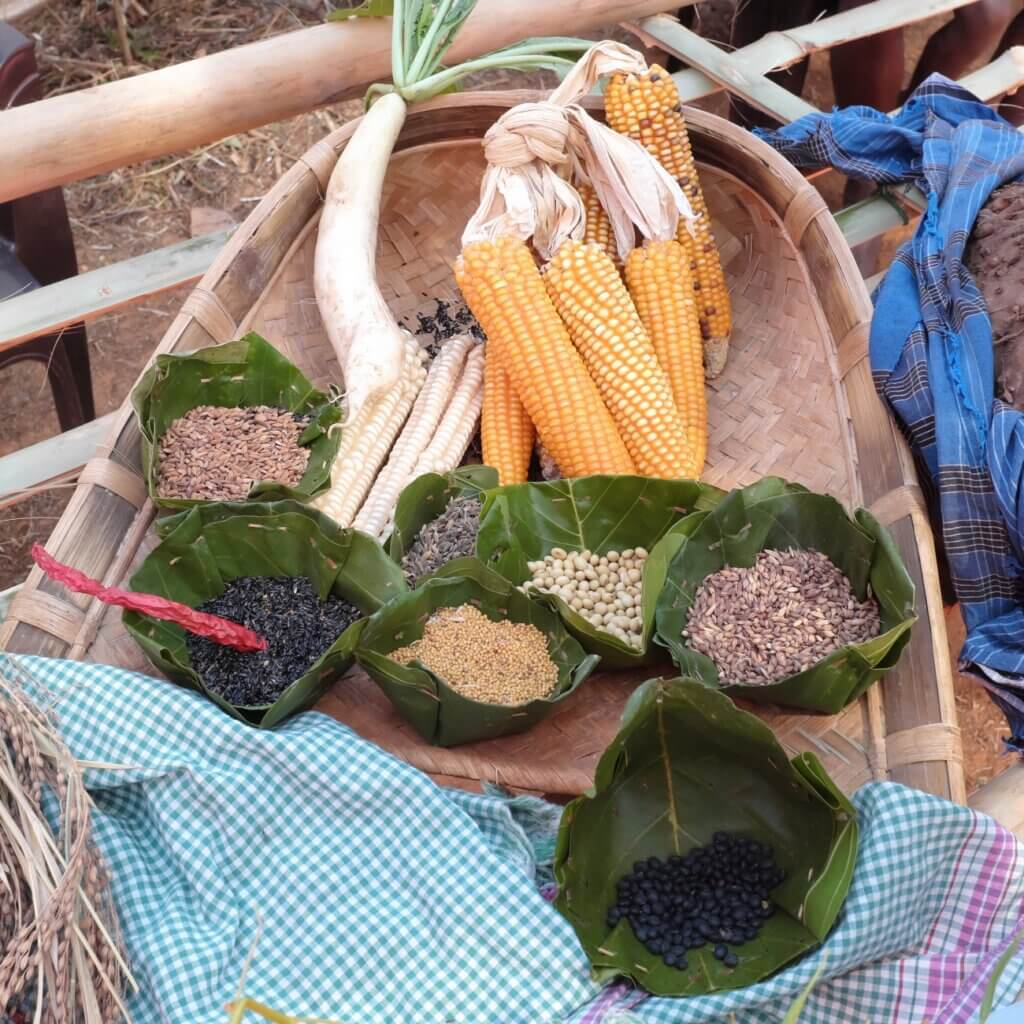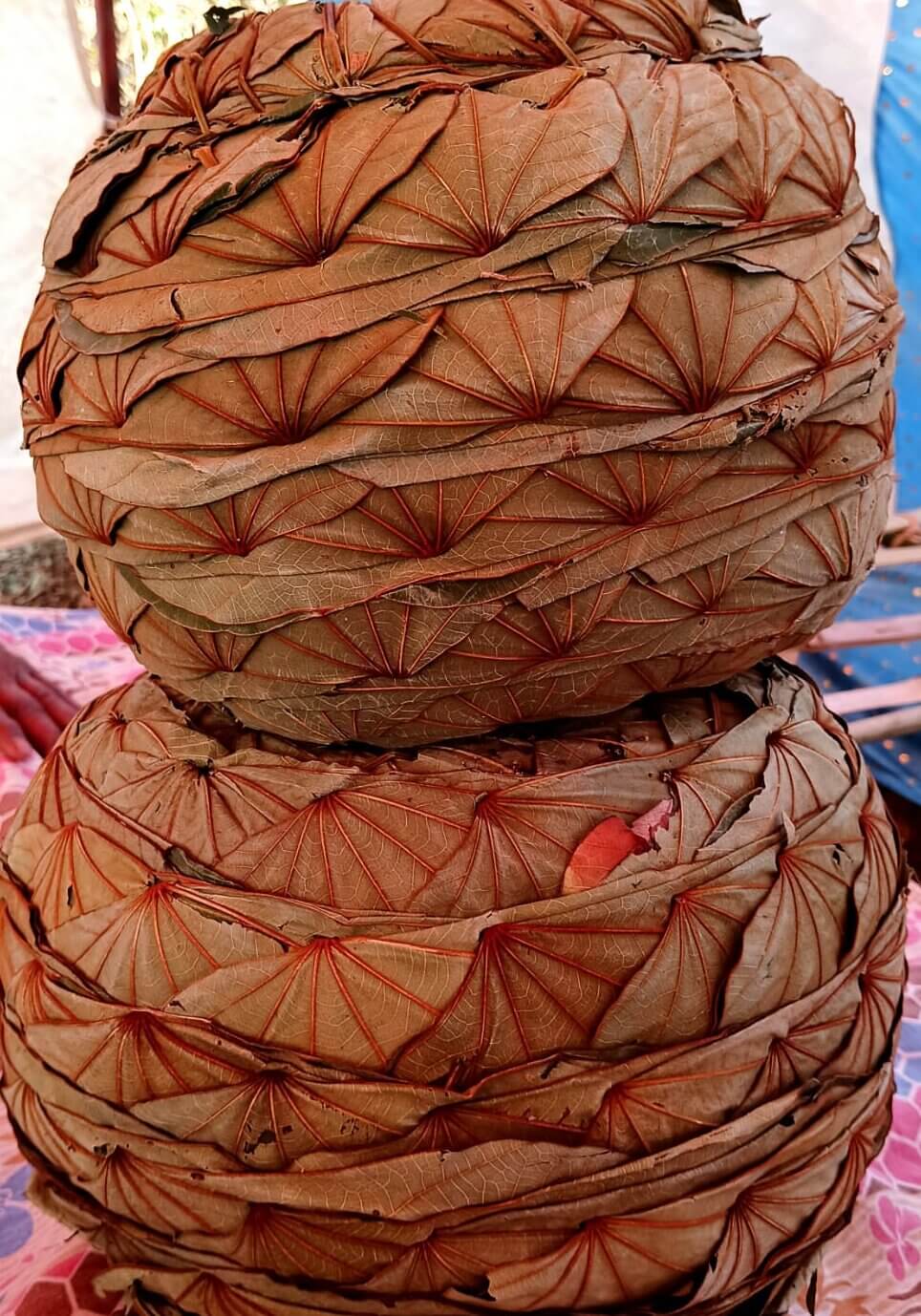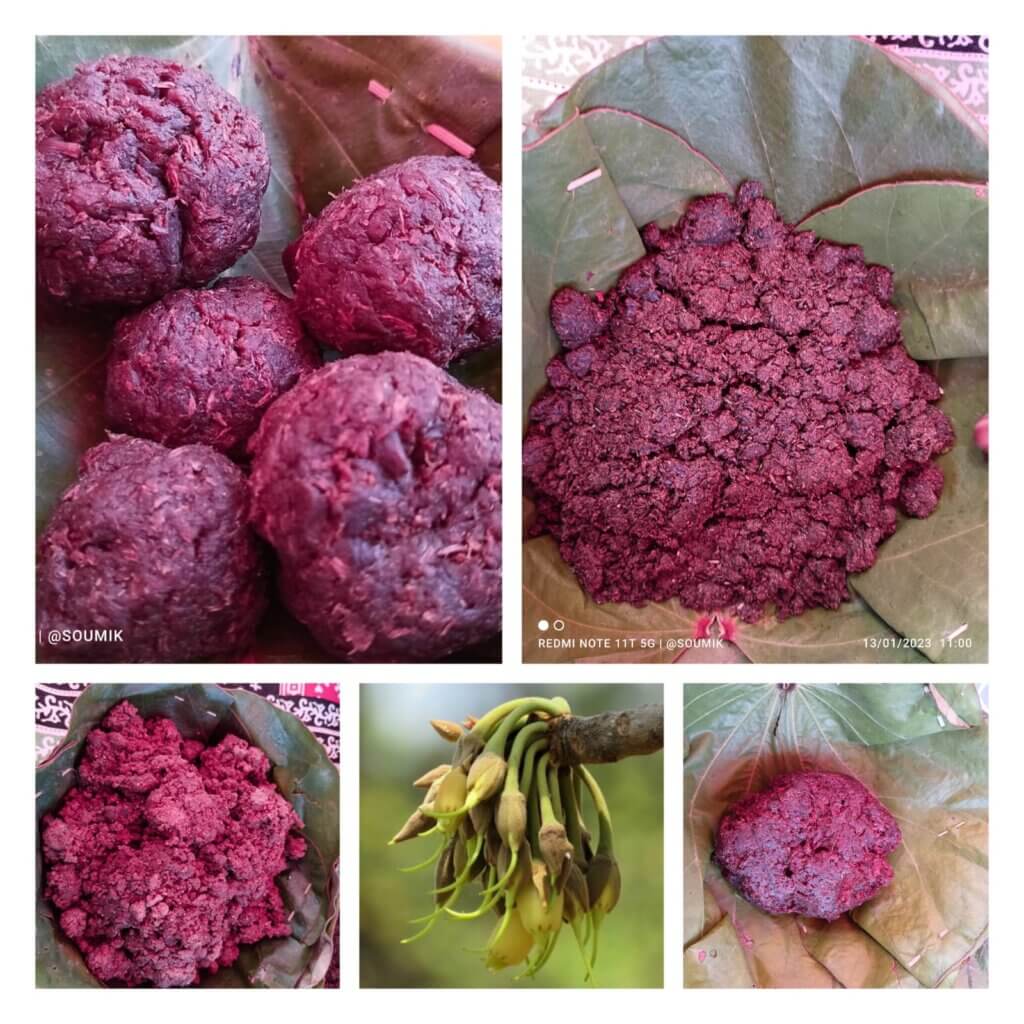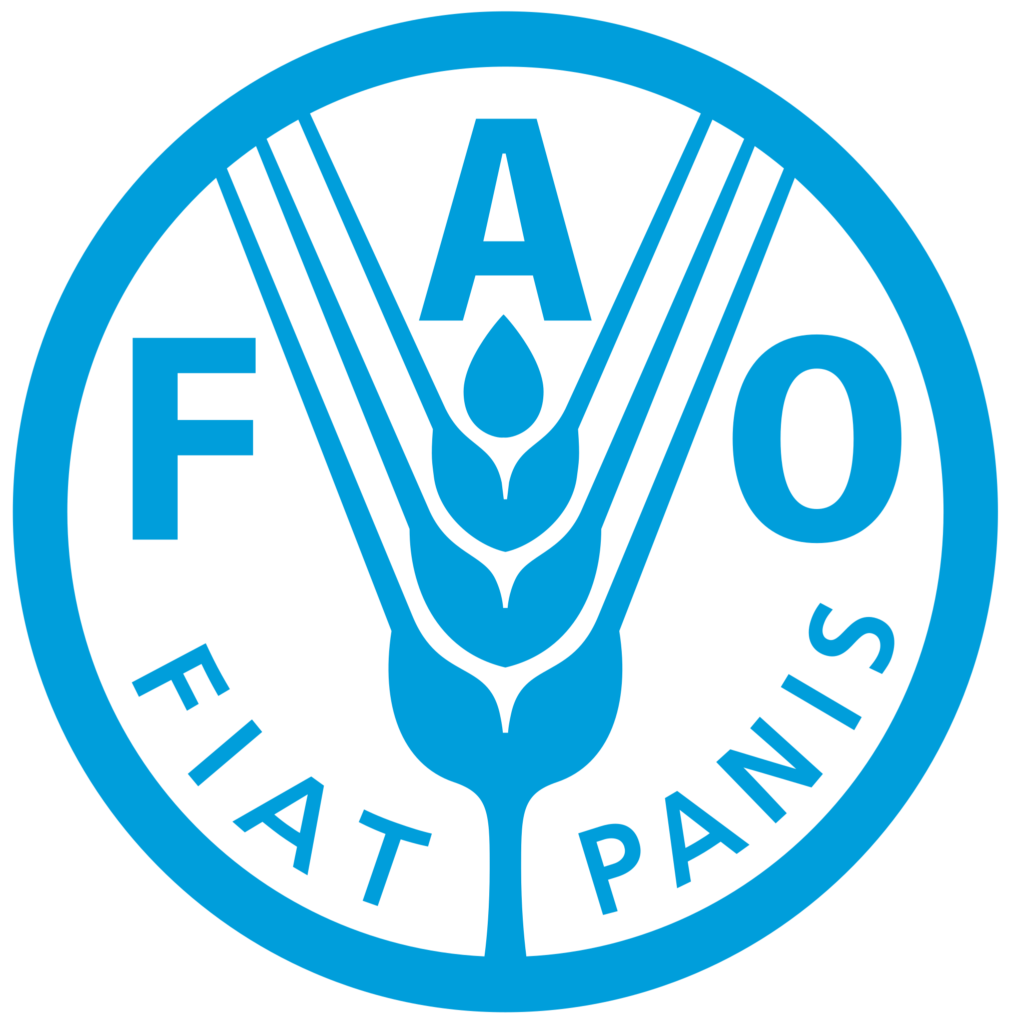January 13, 2023
By Rohan Mukerjee and Soumik Banerjee – Networks & Alliances
Orsa Pat village in Mahua Danr block of Latehar district, Jharkhand, is home to the Nagesia people. On the bright chilly winter morning in January, over 300 men, women and children from the villages and hamlets of Orsa Panchayat convened. Celebrating the unique traditional food diversity of their region, the gathering set up colourful displays of crops, delicious local dishes, and wild and uncultivated foods. Stalls showed off a wide variety of millets, rice, maize, pulses, fruits, vegetables, greens, wild tubers and mushrooms.
The Nagesia people have a rich history of agricultural diversity which has been supplemented by the collection and consumption of different wild and uncultivated foods from surrounding forests. They principally carry out settled cultivation, harvesting maize, sorghum, little millet, pigeon pea, cow pea, rice bean, horsegram, niger, mustard, soya bean and a variety of vegetables like pumpkin, ridge gourd, bitter gourd, bottle gourd, runner beans, okra, sweet potato, potato, and radish. Others still practice a form of shifting cultivation on a small scale. This involves cutting, drying and burning Lantana (Putus) scrub patches, and dibbling rice bean (Tusru) and pigeon pea (Riyar) on the slopes. After two to three years of farming, it is fallowed for another two years or permanently brought under farming, depending on the terrain and land tenure.




However, in the last decade or so, commercial mono-cropping and chemical-based agricultural practices have been displacing traditional mixed cropping systems and traditional crops. These new practices have been posing threats to soil fertility, agricultural diversity and sustainability of agriculture in the area.
The Krishi Mela saw community leaders, farmers and families coming together to discuss challenges posed by hybrid crops and chemical-intensive commercial agricultural practices and explore strategies to protect, safeguard and promote traditional, natural and organic practices. Community Fellow Cordula Kujur worked closely with members of the community to ensure the success of the event. Several locals willingly volunteered their time to help organise the event, including respected community leader Narendra Nagesia who helped mobilise villagers and support across the Panchayat to ensure that everything went smoothly, Narendra’s brother Sabreanus Nagesia whose house served as a base for organising the mela and feeding all participants; Vimla Nagesia who tirelessly visited all hamlets to extend invitations, facilitated participation of teams from each village in the exhibition and was also part of the cultural team which performed a traditional song and dance; Amit Nagesia who led a vibrant and energetic group of youth volunteers, and Sudhir and Binod Nagesia. The chief guests included Suleman Mistry,; Father Marianus Kujur, the Parish Priest of Chiro Parish; Amrita Devi, the Mukhiya of Orsa Panchayat; Wazir Alam, the Deputy Mukhiya of Orsa Panchayat and Satyandra Prasad, who manages an organic farm, nursery and orchard in the area.

Sabreanus Nagesia, Krishi Mitra (Farmers Para Extension worker) for the area, said, “We are facing a major crisis as we are losing our traditional seeds and crops. At the same time, it is an opportunity to get knowledge from one another and work towards a gentler system of organic agriculture.”
Vimla Nagesia drew attention to the rich food traditions of the Nagesia people of Orsa like the practice of packing a traditional preparation of red rice and madua (finger millet) in a Mohlain Patta container known as Chapta which kept the food warm for several hours. Women would throw the Chata containing lunch across the streams to their husbands and other male family members during farm work in the monsoons. She also highlighted the need to innovate and popularise new recipes and food items using traditional crops like the delicious madua cake she had prepared without an oven over a wood stove.
Some of the items displayed at the stalls included: madua roti, madua and makka (maize) sattu or roasted flour), gundli chawal (little millet rice), madua pitha, dangai (Sorghum) lawa (a popcorn like preparation) and more. As in most Adivasi areas in Central and Eastern India, mahua (Madhuca longifolia) flowers are an important uncultivated food that provide high nutrition to the Nagesia people who use it to make a variety of traditional foods like mahua ladoo, jatgi latha (with niger), lagra latha (with finger millet), and mahua latha.
The traditional crops and seeds on display included local paddy varieties – Kalamdani dhan, Karhani dhan, Lal Dhan, Jejne dhan, Goda Koronga dhan, Rani Kajal Dhan, Sinki dhan, Chandanphul dhan and Bansful dhan; two types of Sorghum – Dangai and Gangai; two varieties of little millet – Charkhi Gundli (a short duration, dwarf type with blackish hust) and Burha Gundli (a long duration tall variety); white and yellow maize; Dhela & Gojra Madua (finger millet) – Dhela has compact panicles (cluster of flowers) & Gojra has loose panicles; pulses & oilseeds – Tusru (rice bean), Kala Bhates (soybean black), Biri (black gram), Kala Khursa and Safed Khursa (types of velvet bean), Batra (field pea), Pila Bhates (yellow soybean), Jatgi (niger), Likha Badam (groundnut), and sarson (mustard).




A variety of wild and cultivated tubers were also on display and they included – Gethi, Gethi phal, Napdu Kachu, Sakarkanda, Lakwa Kanda, Aar Kanda, Bhariya Kanda, Ratna Kanda, Sakhin Kanda, Pitharu Kanda, Kasiya Kanda, Dang Kand Phal, and Ool. Several greens were also on display some of which were dried to preserve them for future use. Green leafy vegetables (Saag) are sun-dried for consumption in the off season; called Sukti.
The meeting ended with pledges to make the Krishi Mela an annual event, to work together to revive traditional crops and practices and promote traditional and organic agriculture. All participants were treated to a traditional meal of Safed Makka, Gundli rice and greens before they made their way home.


















